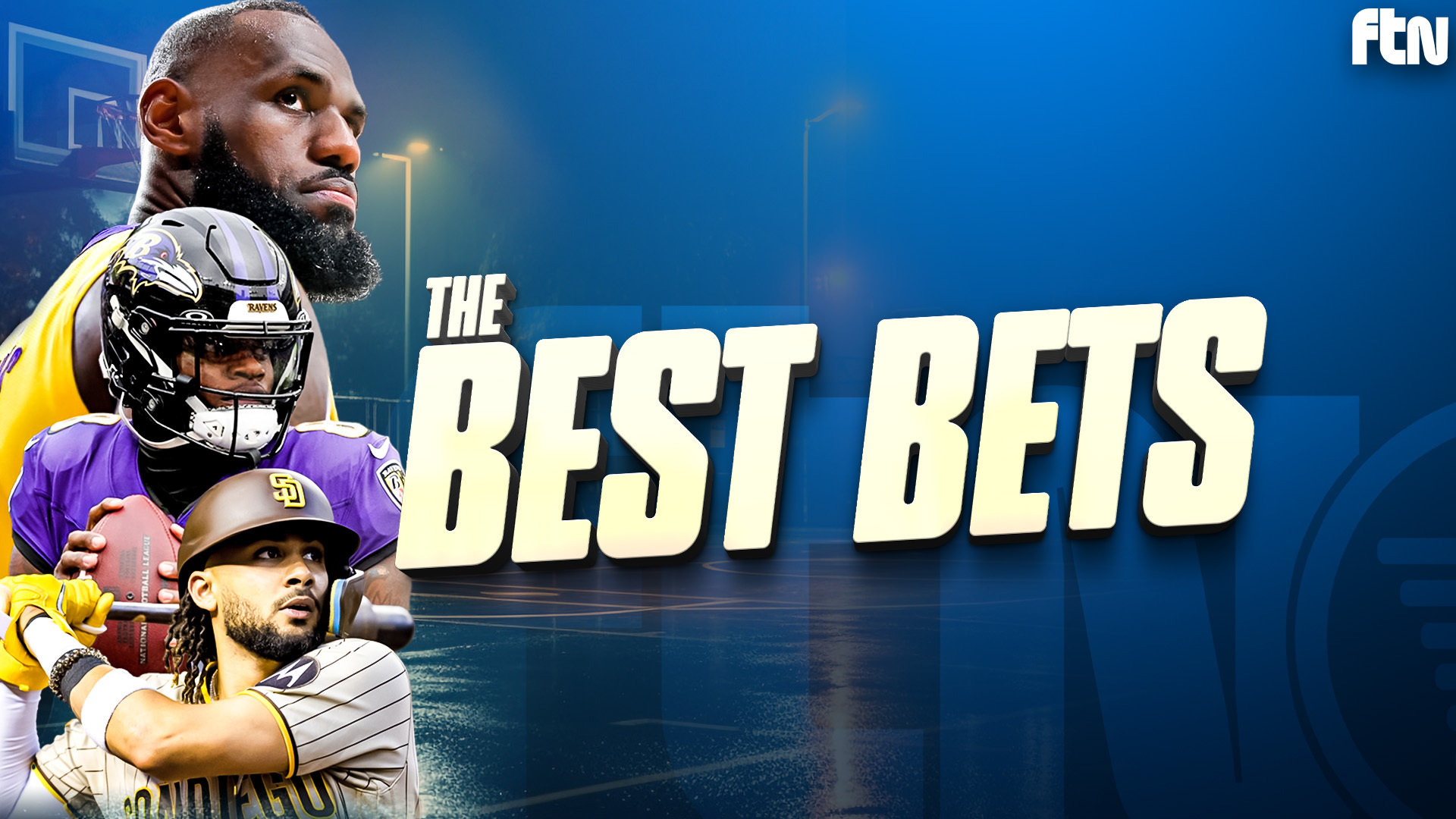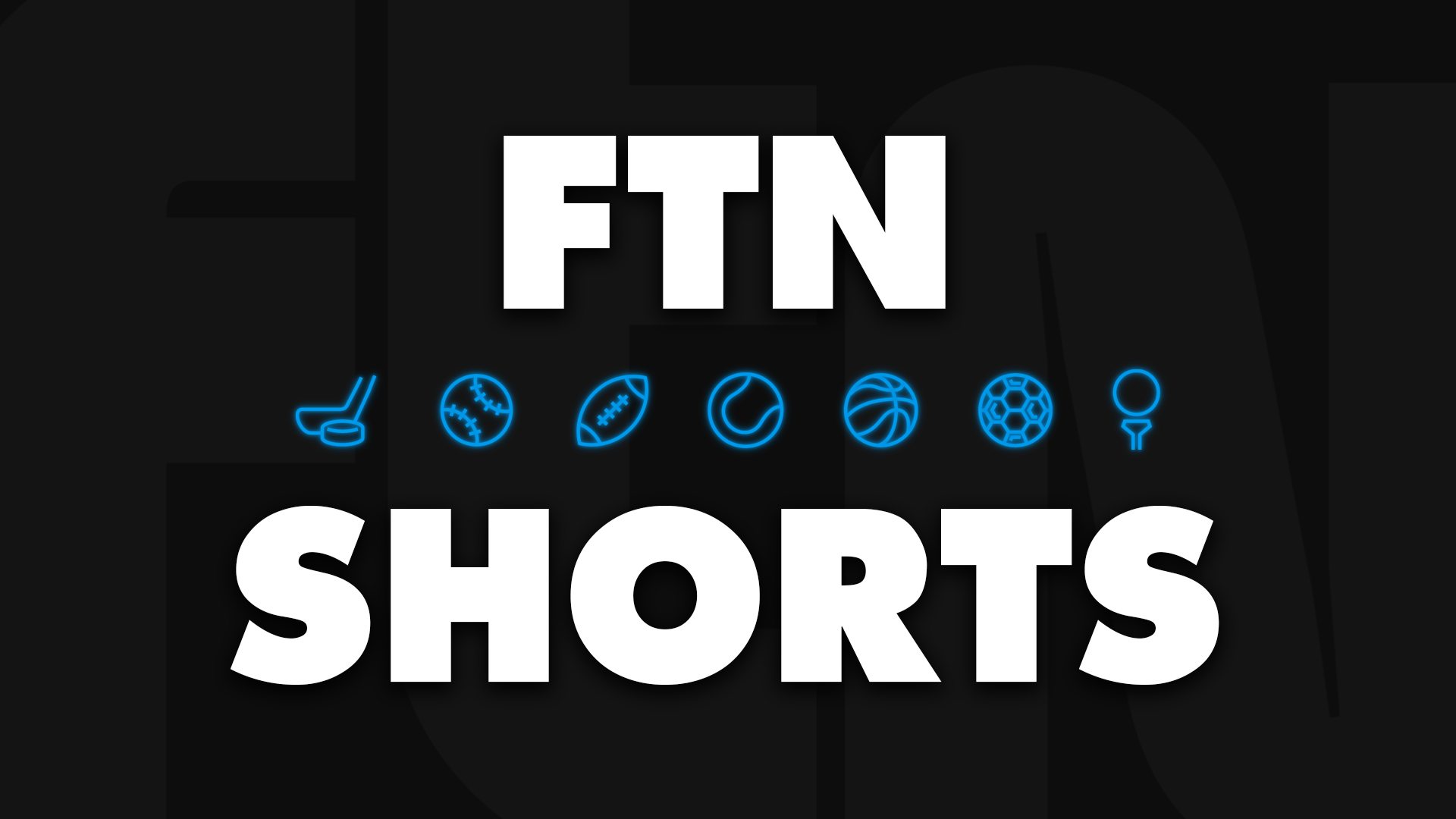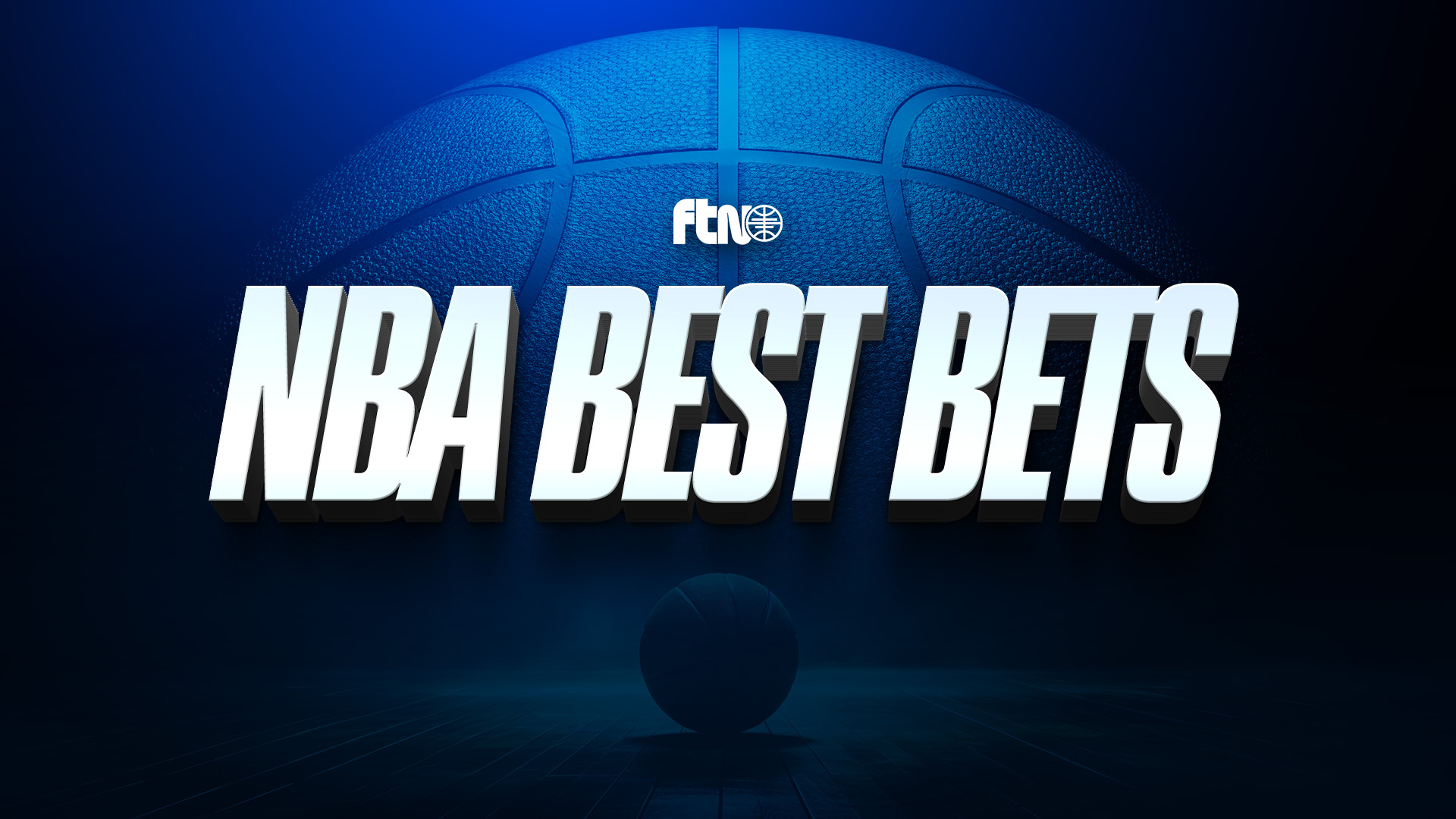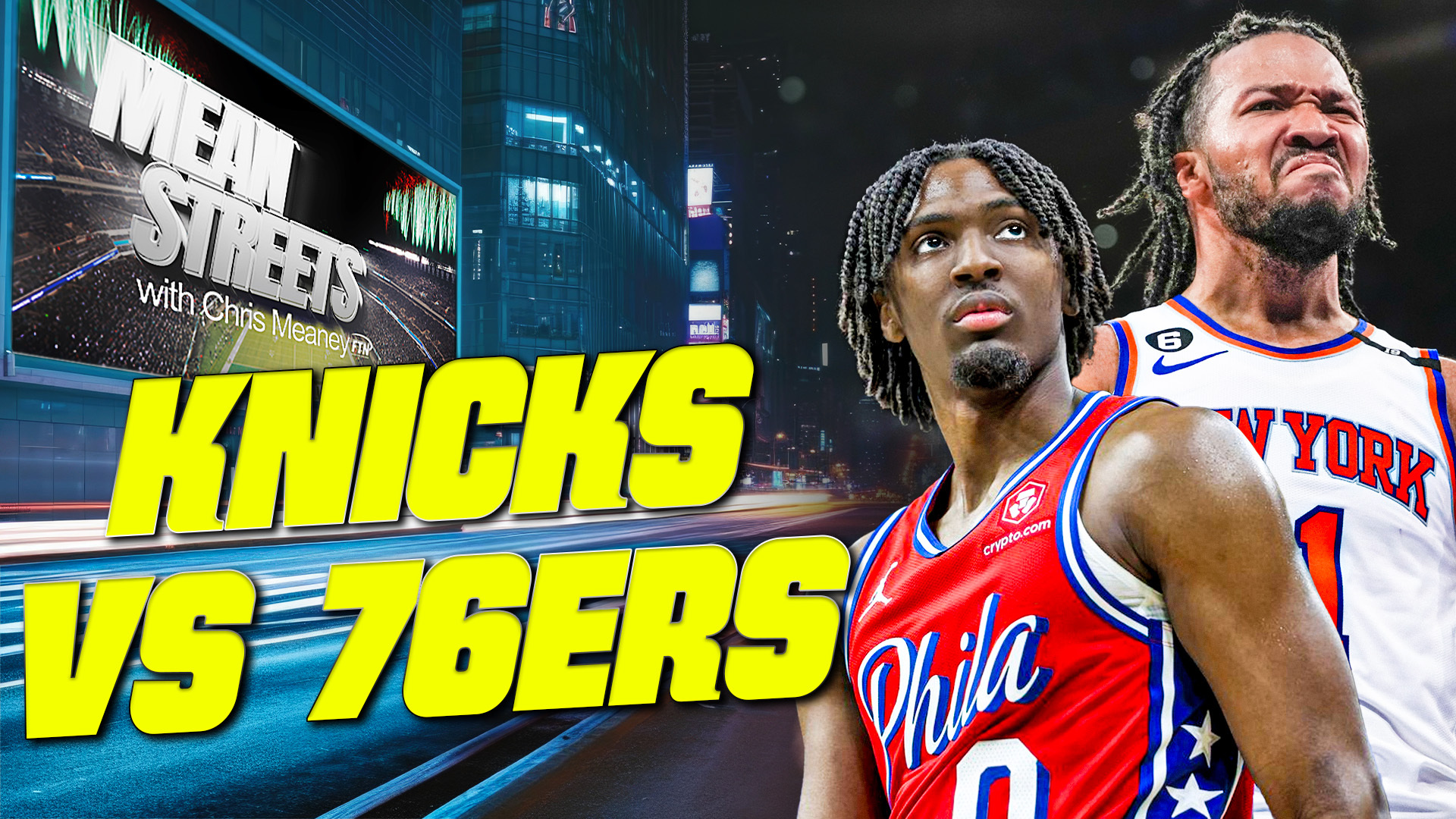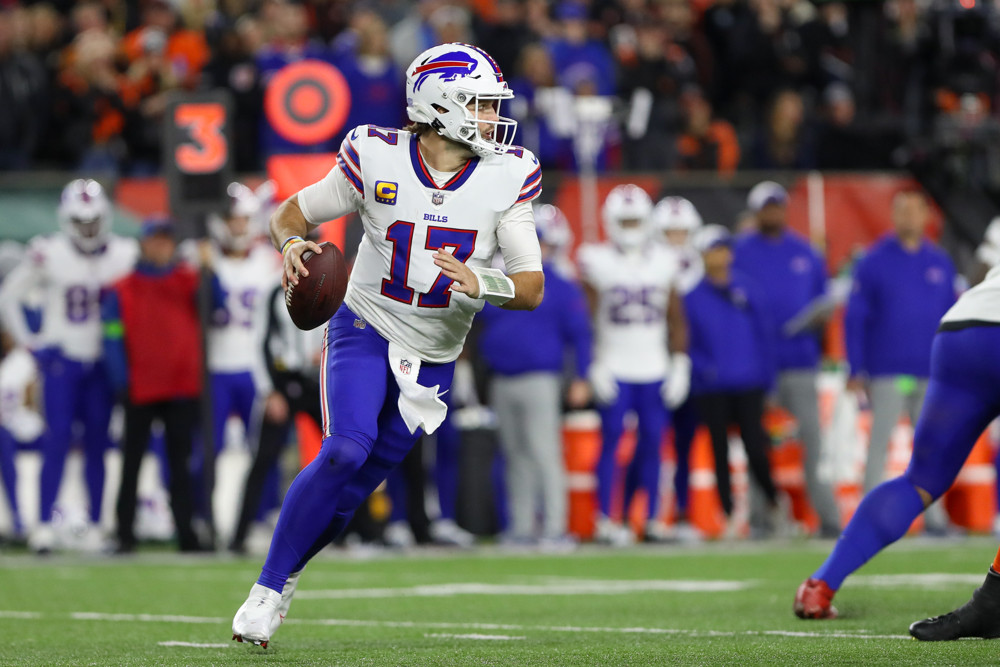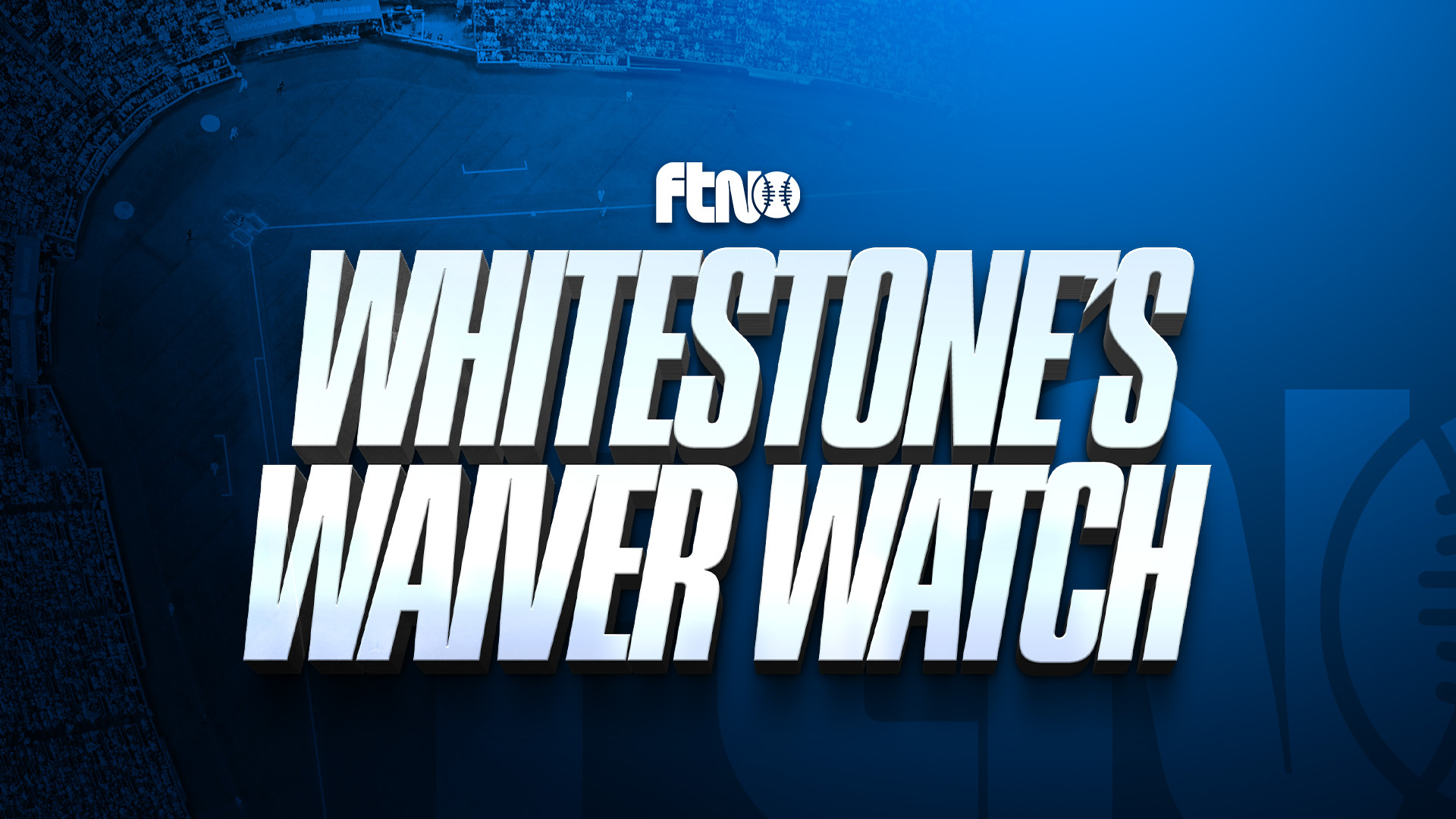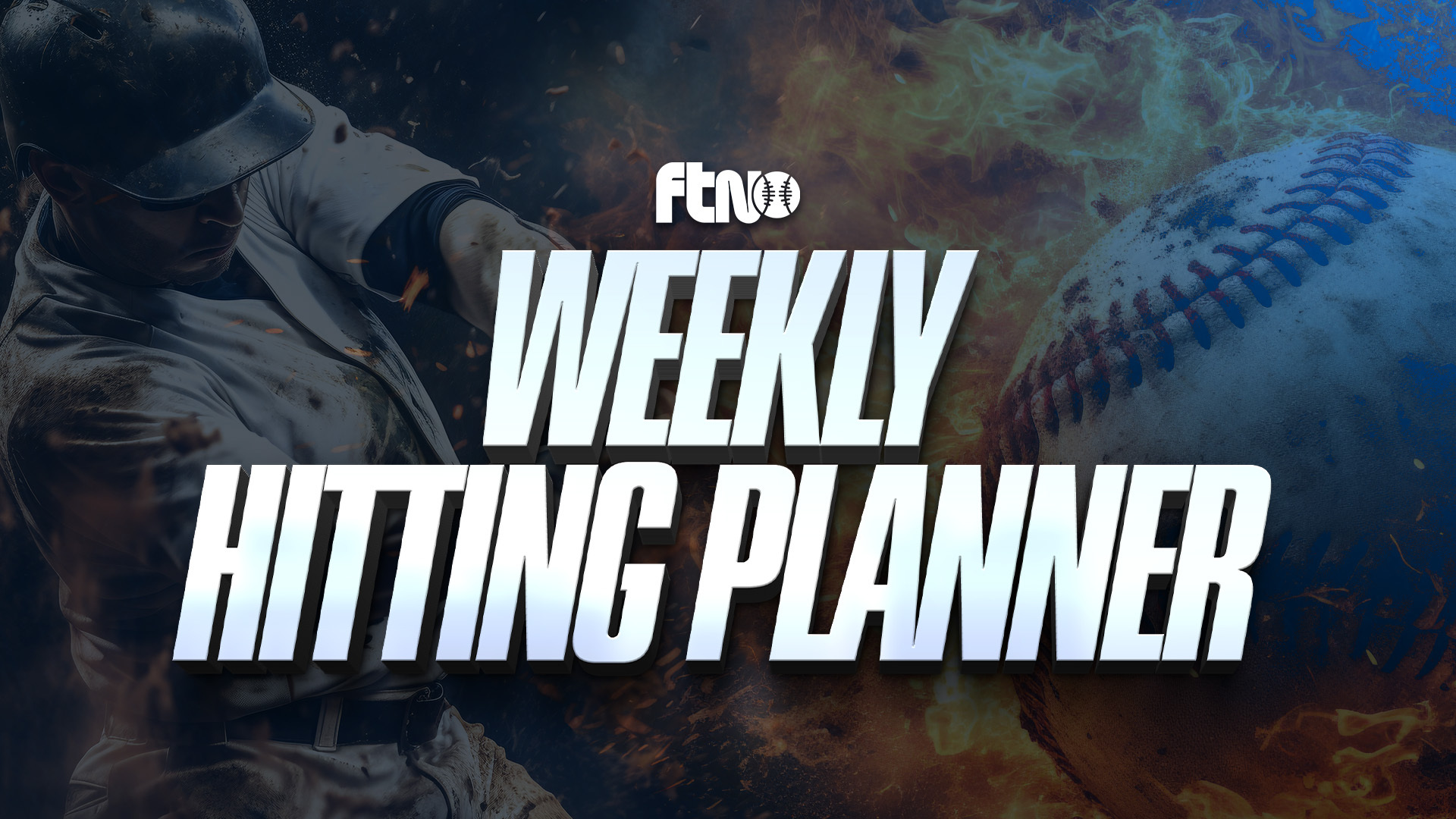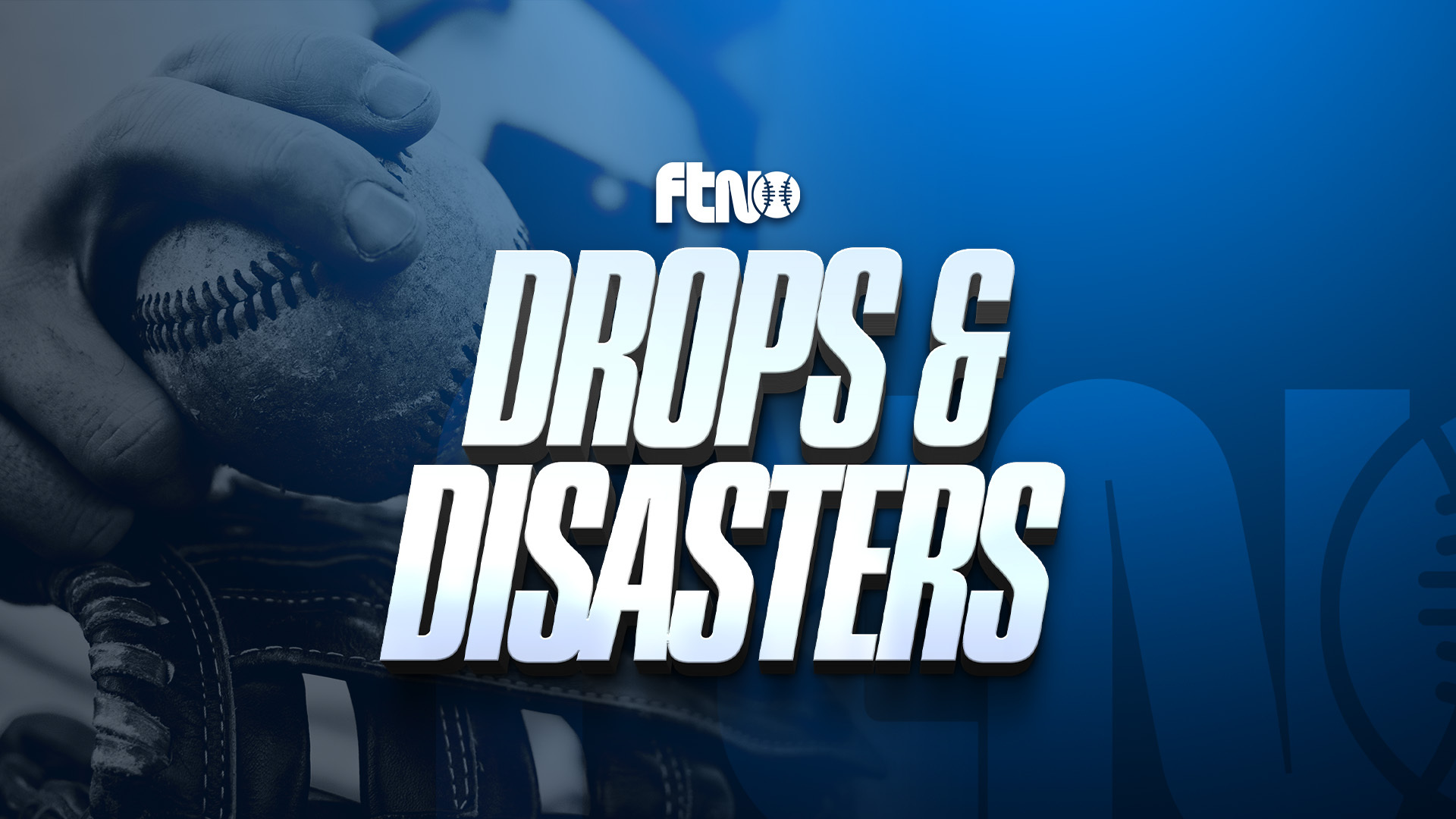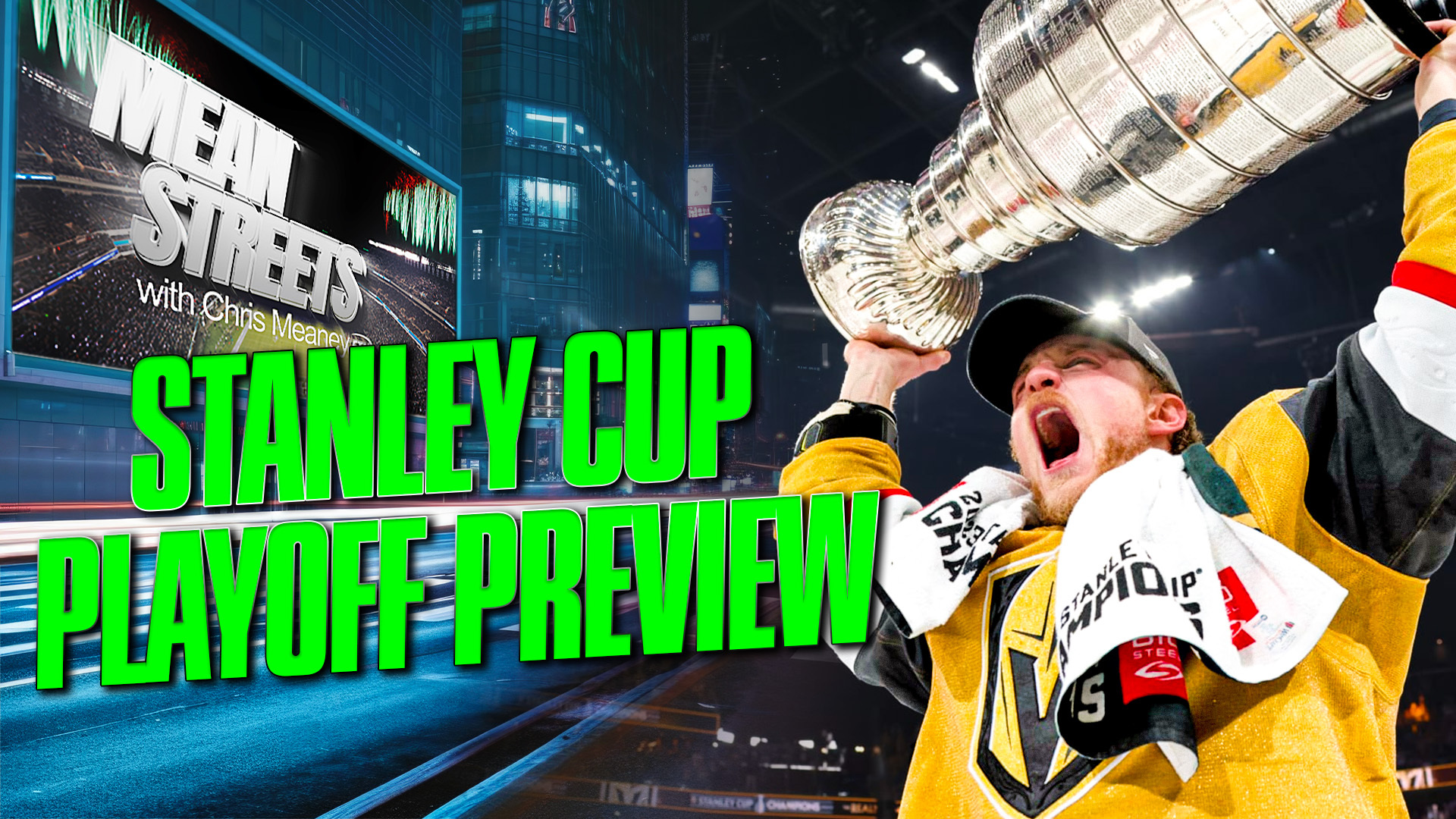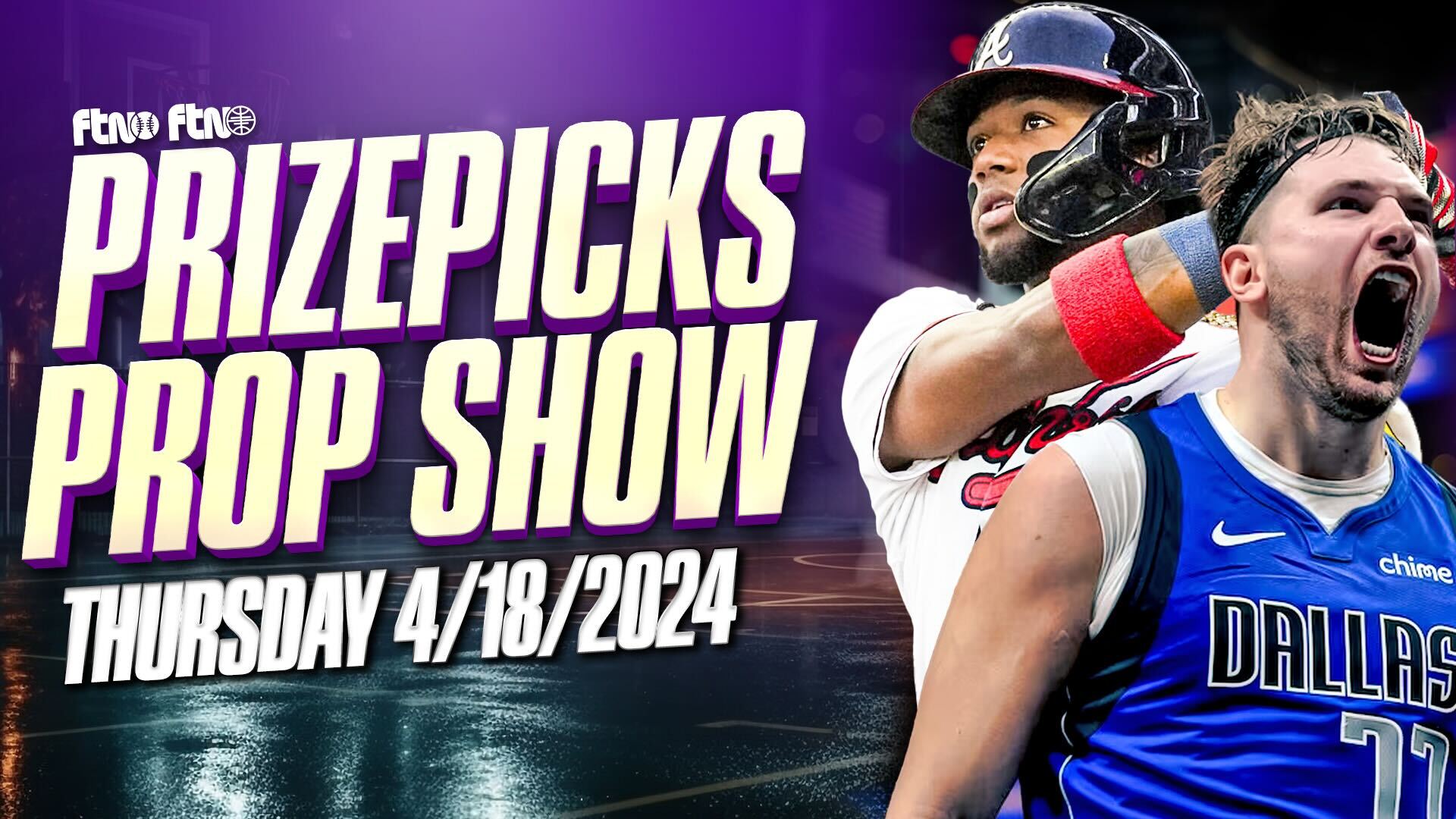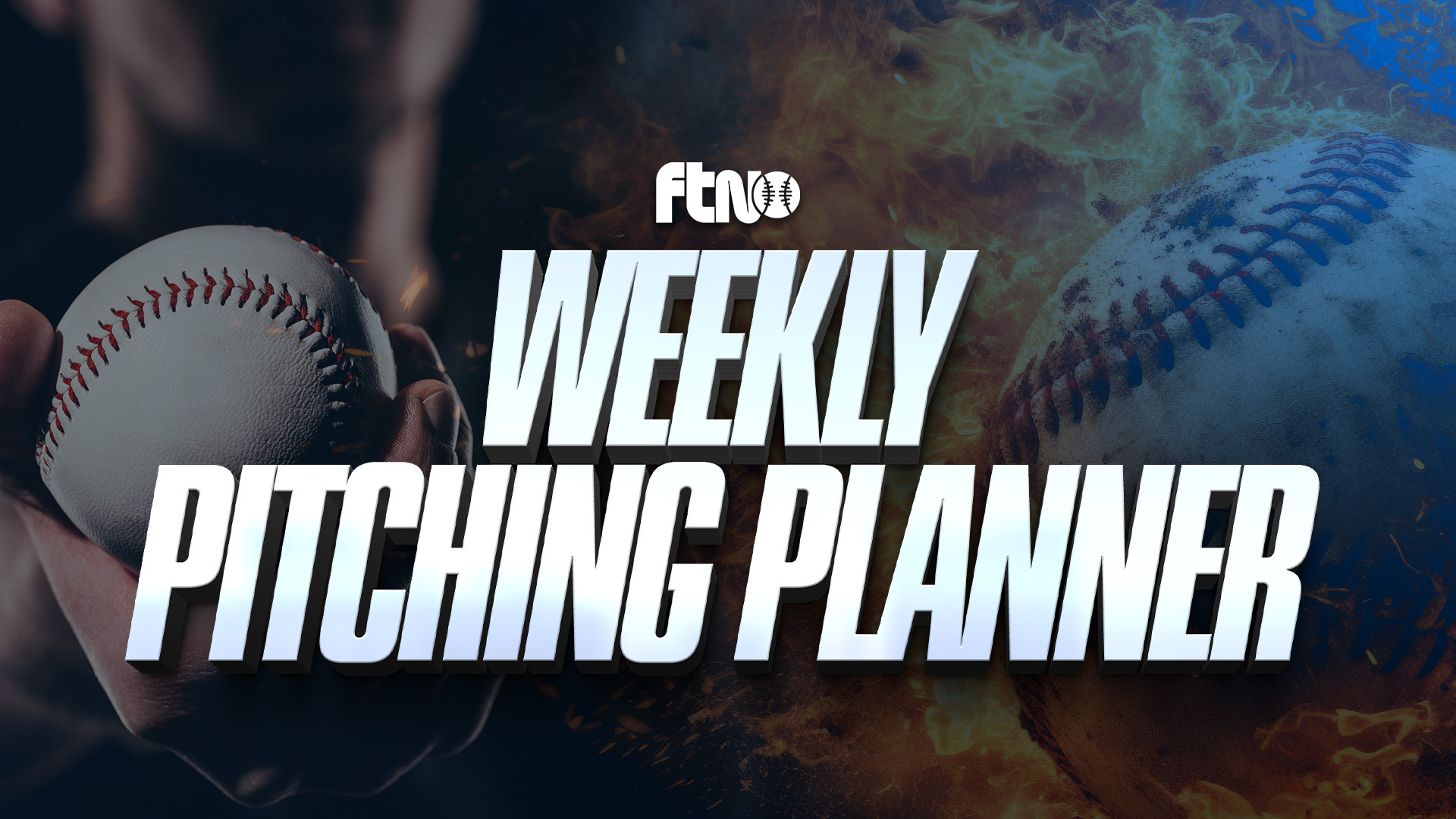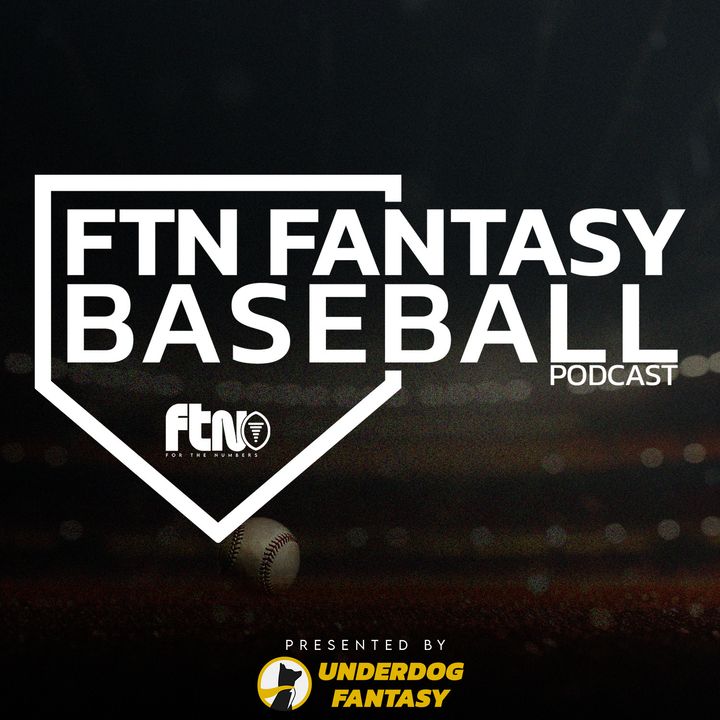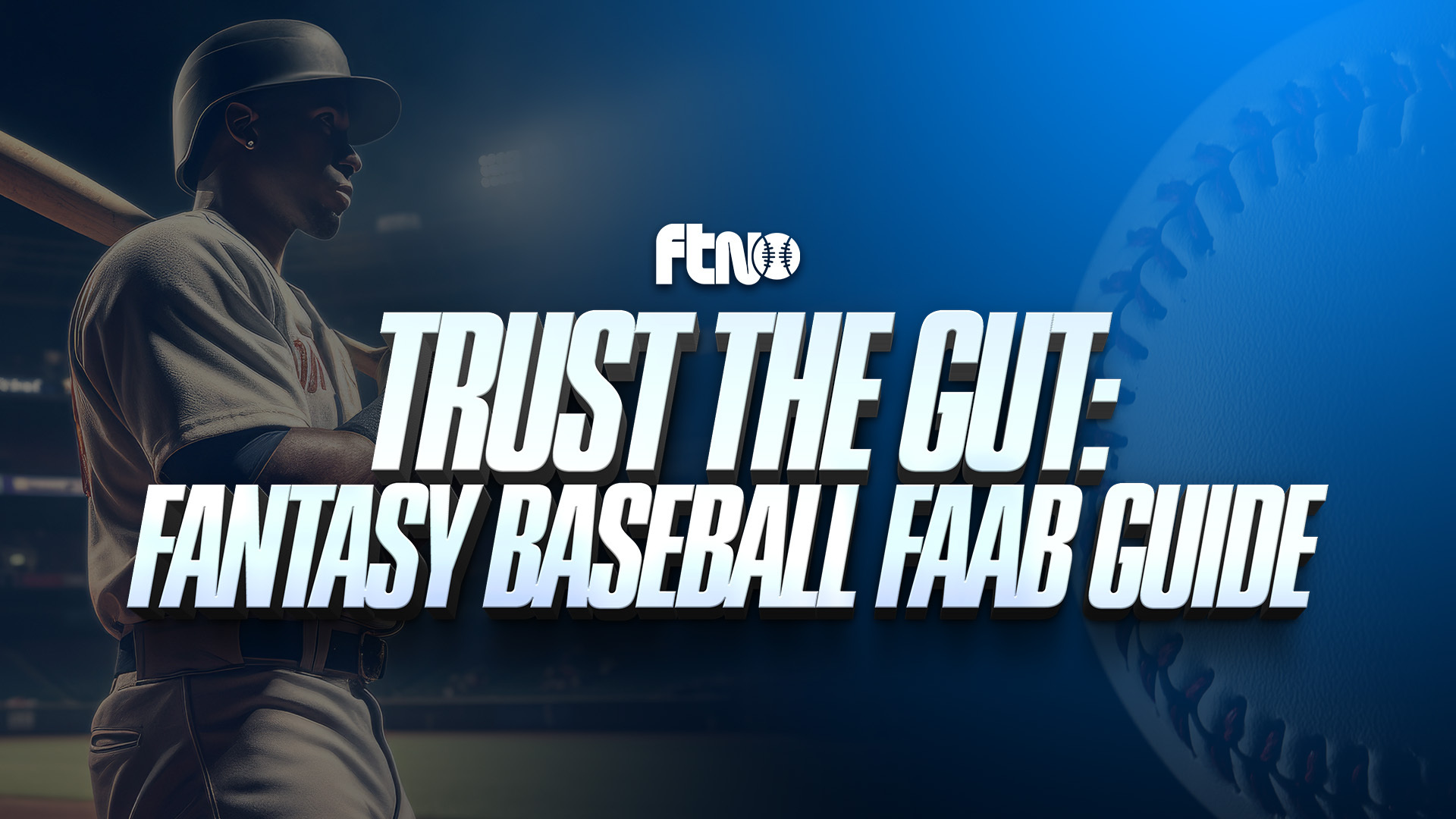
After Bill Belichick’s New England Patriots were crushed 41-14 on national television during Week 4 the 2014 season, the head coach could have hung his head in defeat.
Instead, he uttered one of the most famous quotes in recent NFL lore.
“We’re on to Cincinnati.”
It was such a simple answer at the time, but it was strangely prophetic after the Patriots rallied the rest of the season and hoisted the Lombardi Trophy. Oh, and they kicked the crap out of Cincinnati, 43-17. Tough break for the Bengals.
I bring up this cross-sport reference because we’ve crossed into the month of June — “the dog days” of the fantasy baseball season. Many of us have seen our pitching ratios pounded during the first two months of the season. A handful of us watched as José Abreu and Tim Anderson, two fairly lucrative draft picks, played a game of chicken to see how long they could go homerless. Abreu finally “won” that battle when he homered against the Athletics a few weeks ago and celebrated like Joe Carter after his walk-off home run in Game 6 of the 1993 World Series.
It’s not easy to look up at the standings and see a ton of names above you. It’s not easy to be 3-6 in a head-to-head points league and watch your playoff hopes dwindle by the week. But there’s still roughly four months of fantasy baseball left – depending on your league. Unless you’ve completely given up (or sold off in dynasty leagues), there’s time to turn things around. I’ll discus ways we can do that in the Game Theory section of today’s article. So say it with me: “We’re on to Cincinnati.”
And remember…
Making smart decisions in fantasy baseball doesn’t always have to be based on data. Every other week, I’ll take you through my thought process on how to attack this week’s MLB slate and beyond. The ideas in this series will be fluid. My goal is to keep things fresh so you keep coming back for more. It won’t always be about the NFBC either. If you’re in a H2H points league (like me), I’ve got your back too – especially this week!
Game Theory Week 9 in Review
I’m all about transparency. Most analysts put out great content, but rarely do they go back to review their past takes and “grade” themselves. It’s the best way to hold yourself accountable and review your own personal process. So every other week, I’ll set aside a few paragraphs to review the advice I gave to fantasy mangers two weeks ago. Here’s what I discussed back in Week 9.
Last week, I discussed ways to sharpen your tools as a fantasy baseball manager. One of those ways is to flip on the television (or your computer) and watch the games. You will pick up on things that don’t show up in the box scores. It can be the difference between landing a closer a week early, buying low on a player or selling high on an over-performing one.
Miguel Castro as a budding closer was my example from last week. Castro had been lights out for the D-backs in the closer role until he coughed up a two-out grand slam to Eddie Rosario against the Braves Sunday.
It remains to be seen how the D-backs will approach the closer situation moving forward. The most likely scenario, if they continue to hover near the top of the National League standings, is that they’ll be in the market to trade for a top-end closer. Keep an eye out for any disgruntled closers out there who might be due for some positive regression.
On a side note, I went back and looked at my Week 3 edition of this article where I examined pitchers in three different ways: Panic, Patience and “On the Fence.”
Alek Manoah and Tyler Anderson were “panics.” Check. Brady Singer, Miles Mikolas and Nathan Eovaldi were “on the fence.” Eovaldi cleared that fence and hasn’t stopped running since. Mikolas and Singer have been inconsistent at best, but I have a sneaky feeling they’ll be valuable commodities as we head into July and August.
I saved “being patient” for last, because, well, we’re still waiting on Sandy Alcantara and Aaron Nola. Cristian Javier, the final name on the list, has been excellent. Alcantara and Nola have showed positive signs but overall have still struggled. Looking at the advanced numbers, both pitchers should see some positive regression. But we’ve been saying that since April. It’s possible these guys will end up being the Alex Cobb of 2022 – the buy-low trap who (unfairly) stays low the entire season.
I consider myself a shrewd fantasy baseball manager, but I’m washing my hands of this duo. If you still want to buy low on Alcantara/Nola, go ahead. There’s evidence to back that up. If you’re tired of the mediocre outings harming your team, cut bait and sell. Besides the cathartic feeling, it might benefit your team in the long run. Perhaps you can use the name value to your advantage in a trade. Which leads us to this week’s version of Game Theory.
Week 11 Game Theory: Chasing Down Your Opponents
Reality check: We all check our league standings religiously. You might not remember your cousin’s birthday, but you defintely know you’re sixth place in runs with exactly 376 at this very moment. With visions of DK Metcalf chasing down Budda Baker, we all imagine what it would feel like to track down our opponents and finish near the top of that particular category. So how do we do it? It’s been a popular question in our Fantasy Baseball Discord of late.
“Should I trade Player A for Player B? I’m dead last in steals but first in home runs and RBIs.”
In most instances, giving up Player A for Player B doesn’t make sense straight up. But if Player A is Matt Olson and Player C is Jake McCarthy, it could work out for both teams depending on where you are in the standings (and your roster makeup). I have a team that’s near the top of the standings in home runs. It has Vladimir Guerrero Jr., Pete Alonso and Olson. Since they are all listed at 1B, and I have two utility spots, I’ve been playing all three on a daily basis.
Let’s say, for example, that I have a healthy lead in home runs. An Olson-for-McCarthy trade looks uneven on paper, but it would dramatically improve my chances of moving up the standings in the stolen-base department (McCarthy stole seven bases just last week and hasn’t stopped running). We have to be forward-thinking and forward-looking in fantasy baseball leagues. You want to be ahead of the curve and ahead of your leaguemates.
Remember, this definition?
“Game theory studies interactive decision-making, where the outcome for each participant or ‘player’ depends on the actions of all. If you are a player in such a game, when choosing your course of action or “strategy” you must take into account the choices of others.”
Most people aren’t looking to trade Matt Olson in June. But you might have a team that’s struggling to steal bases but is “running away” with the HR category. See what I did there? We’ve reached that point in the season where there’s less fluctuation in the standings on a day-to-day basis. Back in April and May, you could go from eighth to fourth in the RBI category following a three-run double from one of your guys.
The sample sizes were smaller then. An at-bat or two won’t vault you 3-4 places in the standings anymore. Conversely, you might hold a sizable lead in certain categories. Players who contribute to that category should be atop your list of sell candidates if you desperately need to make up ground elsewhere.
Let’s not get too crazy, though. I’m not telling you to trade Olson for McCarthy if your home run standings looks like this:
- You, 115
- Manager B, 110
- Manager C, 108
- Manager D, 106
You get the point.
But if it looks like this, you might be able to afford dealing Olson.
- You, 115
- Manager B, 101
- Manager C, 99
- Manager D, 96
There’s room for error there. And if you’re in the basement in steals, a guy like McCarthy could help you gain ground overall. As long as you still have some thumpers in your lineup, it might take a month-plus for someone to overtake your spot atop the HR list. Keep in mind, you don’t “gain” anything in NFBC leagues if your player hits a HR when you’re in the No. 1 spot. Sure, you increase your lead, but it’s less essential to hunt home runs when you can turn your attention to other struggling areas.
Right now is a great time to hit the pause button and really assess your roster. Consult with some of the tools and experts here at FTN and create a set of projections for the rest of the season. Once you’ve done that, you can really pinpoint the areas you need an upgrade. Don’t be afraid to float big names onto the trading block (if your league allows them). Don’t be afraid to bench players you wouldn’t normally bench based on name value. If you can’t make any trades, and the waiver wire is pretty barren, you can help yourself gain ground in steals by benching Olson for, say, Taylor Walls (15 steals, update). It looks gross in practice, but you’re actually helping your team in the overall standings by doing so.
To reiterate, you don’t have to follow any of this advice yet. You might be in a league where the margins are thin between most, if not all categories. It doesn’t make sense to do anything drastic yet. However, like our Discord knows, every league is different. It’s never too early to make moves that will help your team – even if they seem unorthodox on the surface.
As always, hit me up on Twitter @Adam15Young with anything that’s on your mind. And keep asking those questions in the Fantasy Baseball Discord. The answers just might help you win your league.

